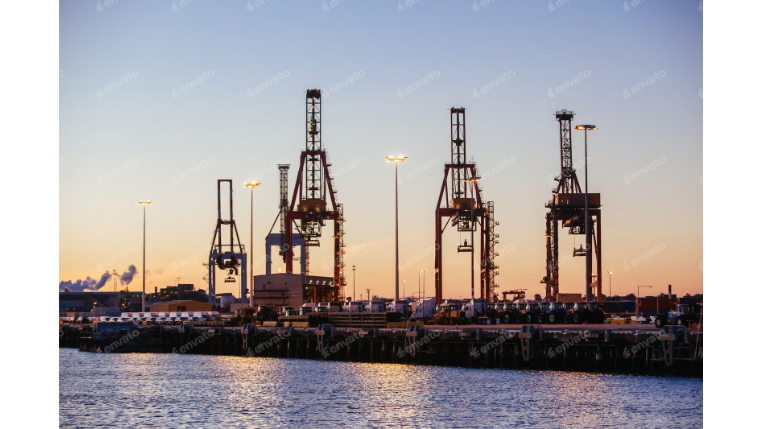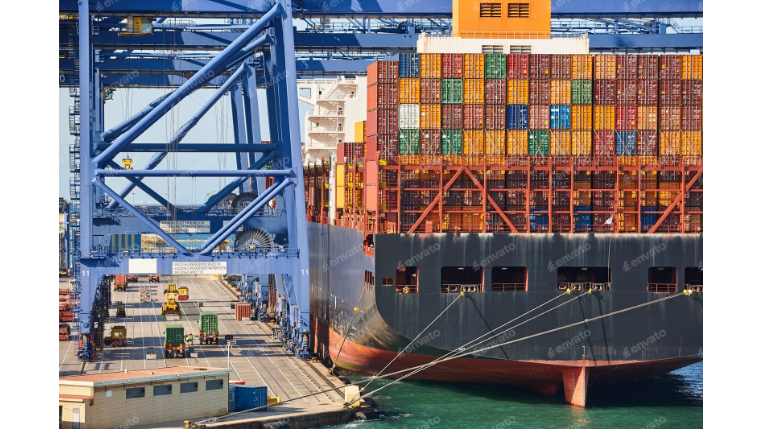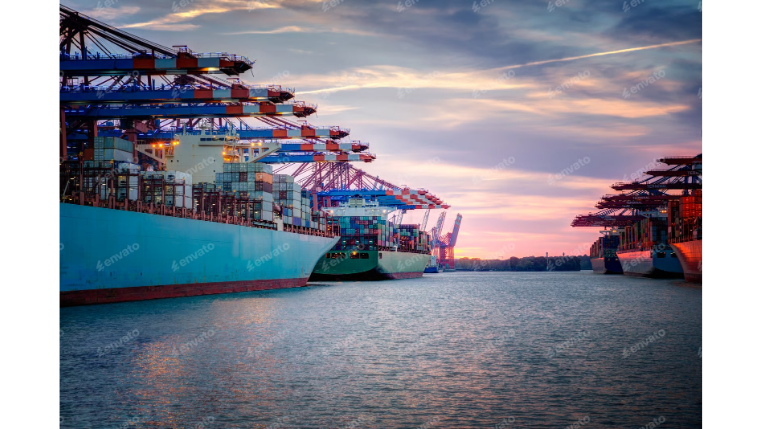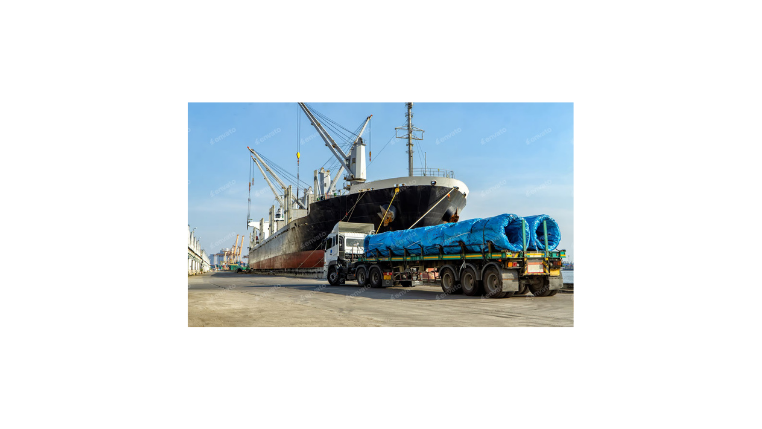Understanding CFR (Cost and Freight): A Guide to Responsibilities and Risk
In the complex language of international trade, Incoterms® are the essential rulebook, providing a universal framework that defines the responsibilities of buyers and sellers. Among these, Cost and Freight (CFR) is a common term, particularly in bulk and commodity shipping. However, it contains a critical nuance regarding the transfer of risk that is often misunderstood. A clear understanding of CFR is vital for any business looking to manage costs, mitigate risks, and ensure the efficiency of its global logistics.
What is CFR (Cost and Freight)?
CFR (Cost and Freight) is an Incoterm used exclusively for sea and inland waterway transport. Under a CFR agreement, the seller is responsible for paying the costs and the main freight charges necessary to bring the goods to a named port of destination. The seller must also handle all export customs formalities.
While the seller pays for the journey to the destination port, their responsibility for the risk of the goods ends much earlier in the process. This division between cost and risk is the most important aspect of the CFR rule.
Dividing the Duties: Seller vs. Buyer Responsibilities
Clarity on who does what is the primary purpose of any Incoterm. Under CFR, the responsibilities are divided as follows:
Seller's Responsibilities:
- Export Packaging: Ensuring the goods are packed appropriately for sea transport.
- Pre-carriage: Arranging and paying for the transportation of goods from their location to the port of origin.
- Export Customs Clearance: Managing and paying for all export documentation and formalities.
- Loading at Origin: Paying for the terminal handling charges at the port of origin.
- Main Freight: Contracting with a shipping line and paying the freight costs to move the goods to the named port of destination.
Buyer's Responsibilities:
- Insurance: The buyer is responsible for arranging and paying for cargo insurance for the main sea voyage.
- Unloading at Destination: Paying for the terminal handling charges to unload the goods from the vessel at the destination port.
- Import Customs Clearance: Managing and paying for all import duties, taxes, and customs formalities.
- On-carriage: Arranging and paying for the transportation of the goods from the destination port to their final location (e.g., their warehouse).
The Critical Point of Risk Transfer
This is the most misunderstood element of CFR and a common source of costly disputes.
While the seller pays for the freight all the way to the destination port, the risk of loss or damage to the goods transfers from the seller to the buyer the moment the goods are loaded on board the vessel at the port of origin.
Think of the ship's rail as an invisible line. Once the cargo crosses that line and is safely on the vessel, the seller has fulfilled their risk obligation. If the ship encounters a storm and the cargo is damaged or lost mid-voyage, the financial loss is the buyer's responsibility. This is precisely why the next point is so important.
The Insurance Imperative Under CFR
Because the risk transfers to the buyer long before the goods arrive, it is absolutely essential that the buyer secures comprehensive cargo insurance to cover the entire sea journey, from the port of origin to the port of destination.
The seller has no obligation to insure the goods for the main transit. If the buyer fails to arrange insurance and the cargo is lost at sea, they are still legally obligated to pay the seller for the goods as per the commercial invoice, and they will have no way to recover their financial loss.
A Note on Containerized vs. Non-Containerized Cargo
According to the official Incoterms® 2020 rules, CFR is technically intended for non-containerized cargo (like bulk grain, oil, or oversized machinery) that is loaded directly onto a vessel.
For modern containerized shipments, the more appropriate Incoterm is CPT (Carriage Paid To). This is because containers are typically dropped off at a container yard (CY) or terminal, and the seller hands over responsibility to the carrier at that point, not when the container is physically loaded "on board" the specific vessel.
Despite this official guidance, CFR is still widely—though often incorrectly—used in contracts for containerized freight. It's important for businesses to be aware of this distinction and the potential ambiguities it can create regarding the precise point of risk transfer.
Conclusion
In conclusion, CFR is a highly useful Incoterm when its rules are properly understood and followed. Its defining feature is the crucial separation of cost and risk—the seller pays for the journey, but the buyer assumes the risk for that same journey. Mastering this concept is key to avoiding uninsured losses and ensuring smooth transactions. Managing the documentation and communication required for any Incoterm is made simpler with modern technology. A collaborative logistics platform like Modaltrans provides the necessary clarity, allowing buyers, sellers, and forwarders to share documents and track responsibilities in a single, transparent ecosystem.










